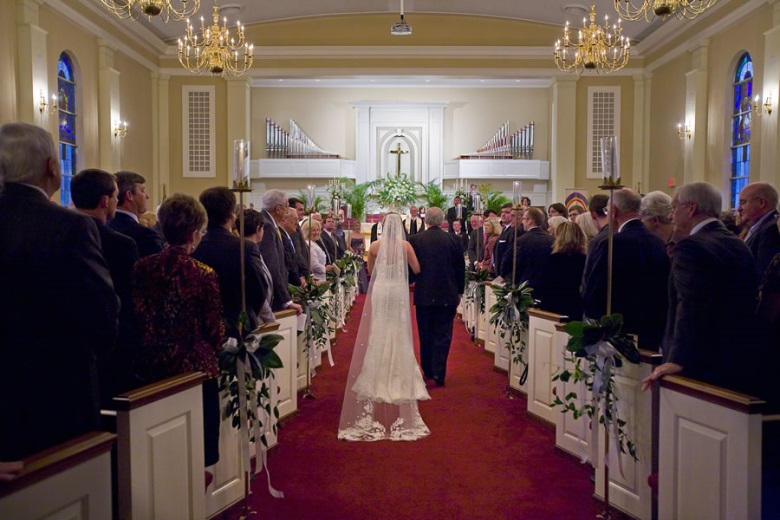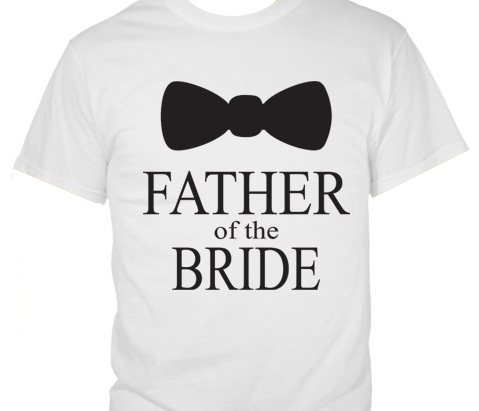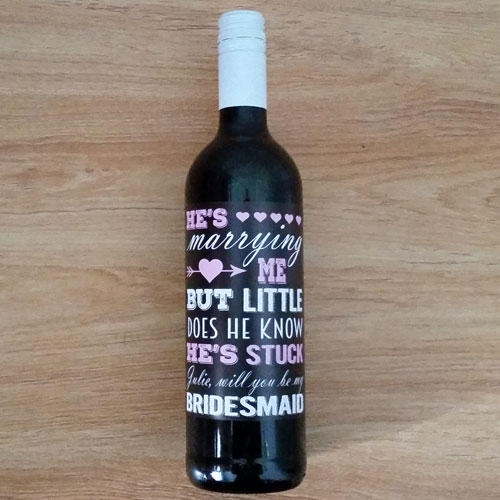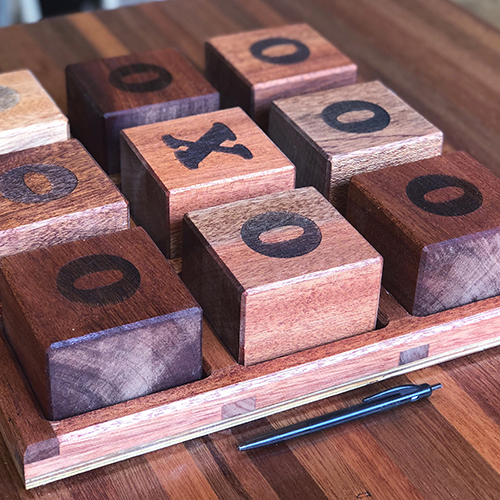Christian Weddings
A Christian marriage is a public declaration of love and commitment, usually done in front of friends and family in a ceremony in church, in the eyes of God. It is a solemn declaration before God and witnesses of commitment to one another. Some churches require that one or both of the partners in prospective marriage have been baptised and that one or the other has been attending the church for some time, but this is not strictly adhered to. Generally speaking, the bride wears white, although the style of her white clothing is obviously influenced by the country in which she might live - for instance an Indian bride may wear a white sari and a veil - whilst the groom wears formal wear.
Before the Wedding Ceremony
Traditionally, there are a number of things couples must do before the wedding can take place. An old custom, still followed, is to have their banns read out in church on three Sundays during the three months before the wedding. The couple also announces their engagement in the local newspapers.
An engagement party is hosted by the bride’s parents and can take the form of a dinner, buffet lunch or cocktail party. It is here that the bride and groom exchange engagement rings.
The couple meets with the minister about hymns and prayers for the day and whatever individual touches they might like, such as flower arrangements or musicians. Some churches suggest a preparatory course or pre-marriage counselling, which covers areas of potential disagreement such as money, conflict, communication and sex.
A bridal shower or hen’s party, hosted by the bride’s close friends, is a light-hearted event - more often than not a chance for a night out - where gifts are bestowed on the bride for her new home; whilst a bachelor’s party usually takes place on the groom’s last night as a bachelor and is a raucous affair involving much toasting and drinking to the groom.
The Ceremony
Traditionally the groom and best man enter from the side of the church to wait for the bride to arrive. At this stage guests still talk in demure whispers and there is a little shuffling around as people greet and chat to one another.
The processional music begins and honoured guests, such as the bride and groom’s parents (except for her father) and grandparents, are seated. The bridal procession follows headed by the bridesmaids, the matron of honour, usually escorted by the Best Man, and then the flower girls and ring bearer. As the wedding march begins, the bride enters on the arm of her father down the aisle.
The ceremony follows a fairly uniform order that involves welcoming the congregation, a reading about what marriage entails and then declarations where the couple make their promises first to the church in front of God, and then to one another. These time-old vows have been recited in churches since 1552, but before the wedding service was written into the Book of Common Prayer, marriages were a lot less formal. There has been a return to this looser form of ceremony in which couples simply promise themselves to one another at any time or place.
Finally, rings are exchanged and the couple is proclaimed man and wife. The legal aspect of the wedding is then carried out as a register is signed by the couple and two witnesses. The certificate they then receive is legally binding.
Photo Credit: www.virginiawingardumc.com





